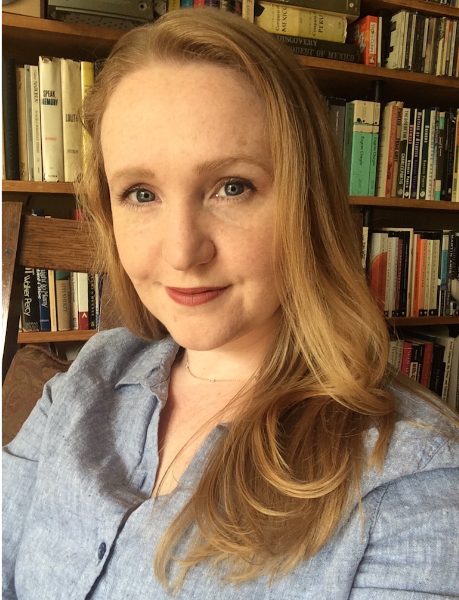Why is studying local news ecosystems so critical to supporting local news?
Across the country, there’s a movement of people working to build stronger local news for local communities — not by funding one newsroom at a time, but by understanding and supporting entire local ecosystems. These efforts are working to ensure all people have access to trustworthy news and information from newsrooms to libraries, churches, social media, university centers and more. A healthy news ecosystem is made up of all of these sources of information and the relationships that connect them.
We created this guide to respond to a growing need for a practical, step-by-step toolkit for funders and others to learn about these interconnected news and information sources in their local communities. But here’s why we think it is needed in the first place:
Why Study Local News Ecosystems?
The purpose of assessing a local news and information ecosystem is to take informed action. As funders concerned about the health of local communities and how those communities are informed and engaged, we recognize that this new landscape can feel daunting and impossible to navigate. How do we understand, fund, and support positive change?
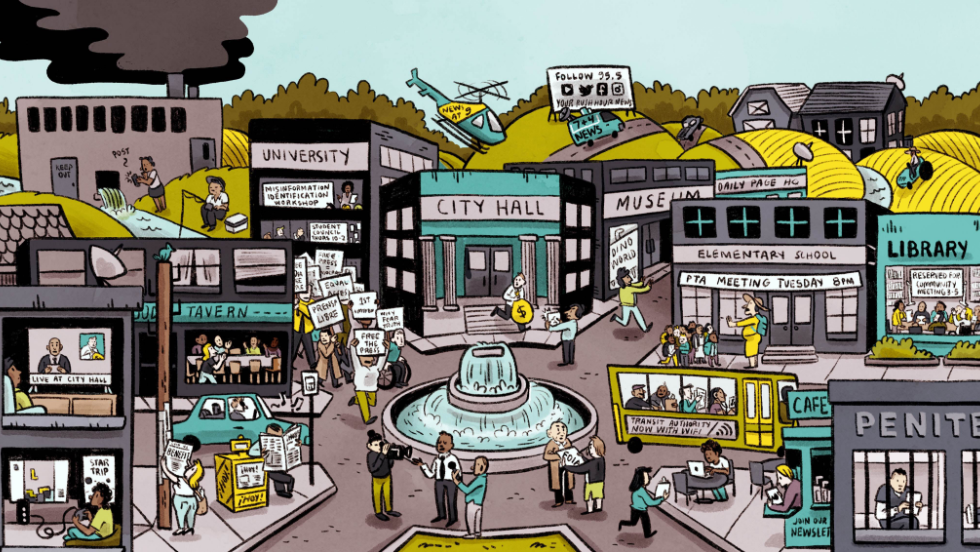 Illustration by Joyce Rice
Illustration by Joyce Rice
Since 2011, Democracy Fund has been building stronger local news and information ecosystems as part of our efforts to strengthen our nation’s civic life. We’ve commissioned studies from experts in the field and funded projects across the country that incorporate ecosystem assessments as part of their work. You can see some of those studies at LocalNewsLab.org.
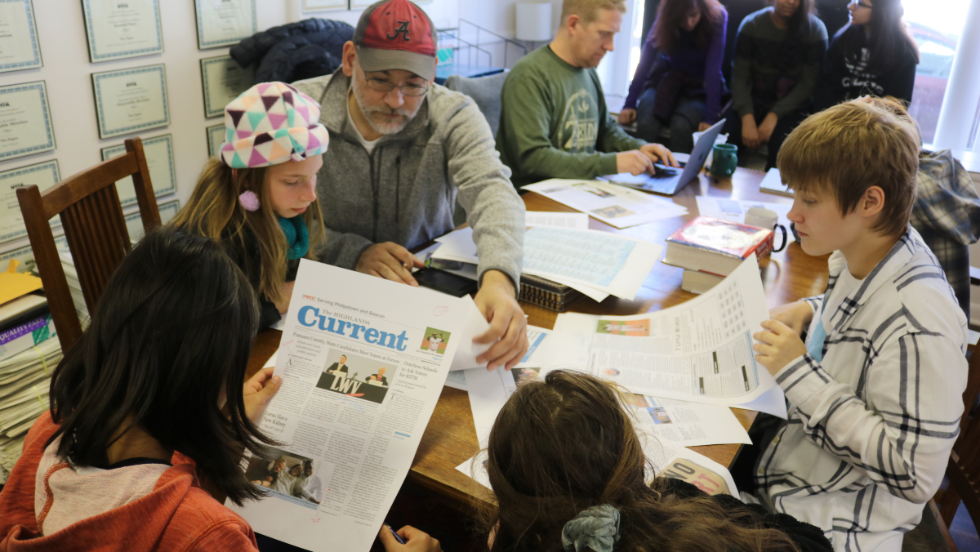 Credit: Michael Turton. Students visiting the Highlands Current.
Credit: Michael Turton. Students visiting the Highlands Current.
As we’ve pursued this work, we’ve learned alongside partner foundations, community organizations, scholars, and others. Some have asked us for guidance on how they might undertake their own funding of journalism in their regions. A key way to start is to learn what is actually happening around you, including the gaps, opportunities, and needs of the community.
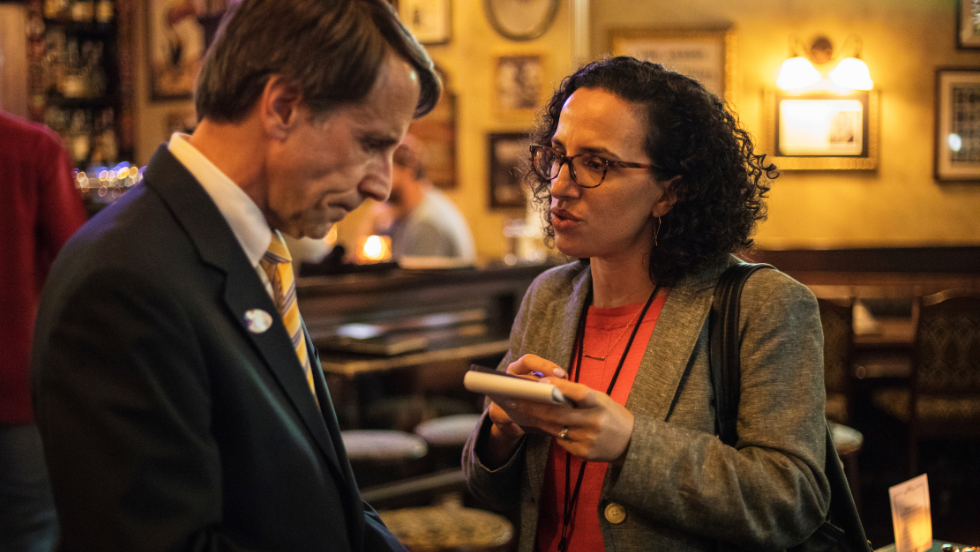 Credits: CALmatters. Political reporter Laurel Rosenhall at work
Credits: CALmatters. Political reporter Laurel Rosenhall at work
We commissioned this guide from author Fiona Morgan, a former journalist and expert in local news assessments, to bring together the work we’ve done and the work of others we’ve learned from about assessing and getting started funding news and information locally. While this guide is primarily designed for philanthropic organizations, we hope that others interested in improving local news and information could adapt it to suit their own research.
You’ll find examples of how place-based funders, community foundations, and others took on projects to improve the ecosystems where they live — and how to right-size your assessment to fit your organization’s capacity. Some of the research we describe is elaborate, but don’t be overwhelmed: Assessing your community ecosystem need not be expensive, and there’s no one right way to do it.
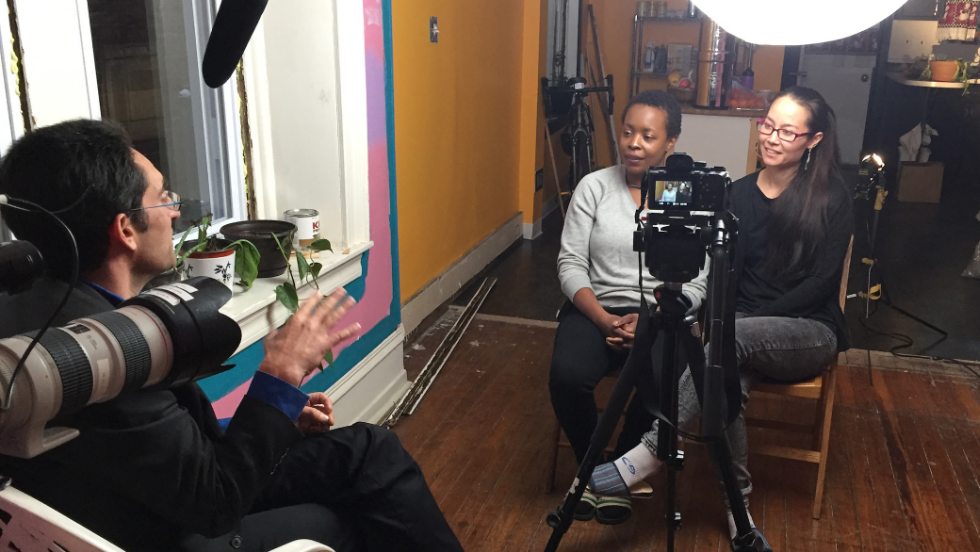 Credit: Center for Investigative Reporting.
Credit: Center for Investigative Reporting.
There is no magic bullet to solving this civic crisis. No one organization will save local news, nor will a single donor’s check fix the systemic problems causing this crisis. The good news is that, no matter how big or small your organization, you have a role to play in making the ecosystem stronger. By asking questions, listening, learning, sharing, inviting collaboration, and making strategic choices, you can make a difference.
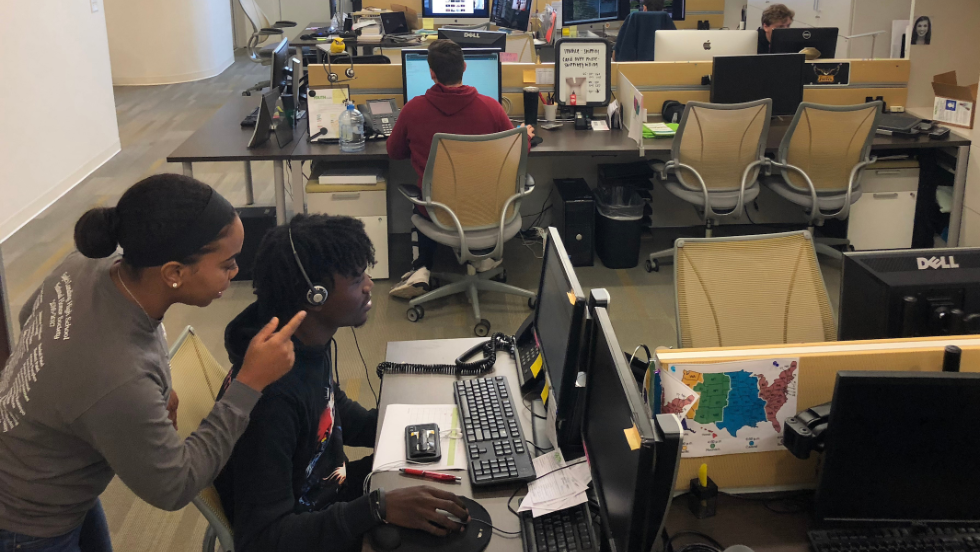 Credit: Center for Sustainable Journalism. Student staff work to contact potential donors and organizations that rely on JJIE and YouthToday stories for their work.
Credit: Center for Sustainable Journalism. Student staff work to contact potential donors and organizations that rely on JJIE and YouthToday stories for their work.
Get Started
- About The Author
- About This Guide
- Why Study Local News Ecosystems
